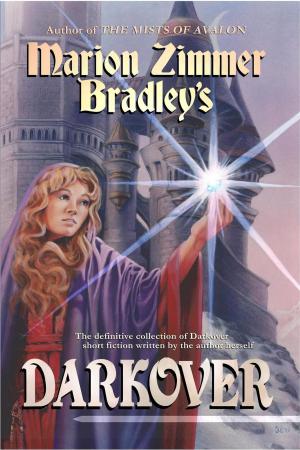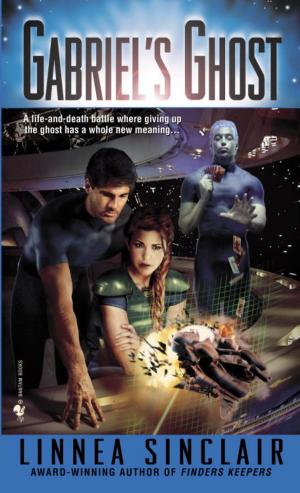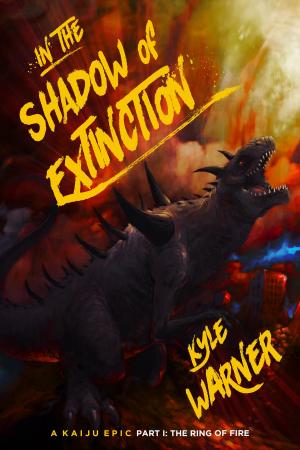| Author: | Yusaku Kitano, Tyran Grillo, Mike Dubisch | ISBN: | 9784902075922 |
| Publisher: | Cadmus Press | Publication: | September 10, 2017 |
| Imprint: | Cadmus Press | Language: | English |
| Author: | Yusaku Kitano, Tyran Grillo, Mike Dubisch |
| ISBN: | 9784902075922 |
| Publisher: | Cadmus Press |
| Publication: | September 10, 2017 |
| Imprint: | Cadmus Press |
| Language: | English |
In a world of humans, what's a cyborg turtle to do? It's a fair question in the bizarre, compelling story of Mr. Turtle. Yusaku Kitano's science fiction masterpiece, originally published under the eponymous title Kame-kun, renews the visionary integrity that won it the Nihon SF Taisho (Japan's equivalent of the Nebula) Award in 2001 as it finds its way into English at last. Kitano's protagonist is a hero in a half shell of an altogether different sort, a killing machine designed for combat who wants only to enjoy the simple pleasures of his daily life—working a blue collar job, going to the library, and typing on his laptop—even as he is haunted by vague memories of a war on Jupiter. In order to determine his future, he must piece together his past, navigating an unsympathetic society toward revealing the novel's philosophical heartbeat. A character study of surreal wit, Mr. Turtle delivers action and insight, all the while crafting an homage to its chosen genre unlike any other.
In a world of humans, what's a cyborg turtle to do? It's a fair question in the bizarre, compelling story of Mr. Turtle. Yusaku Kitano's science fiction masterpiece, originally published under the eponymous title Kame-kun, renews the visionary integrity that won it the Nihon SF Taisho (Japan's equivalent of the Nebula) Award in 2001 as it finds its way into English at last. Kitano's protagonist is a hero in a half shell of an altogether different sort, a killing machine designed for combat who wants only to enjoy the simple pleasures of his daily life—working a blue collar job, going to the library, and typing on his laptop—even as he is haunted by vague memories of a war on Jupiter. In order to determine his future, he must piece together his past, navigating an unsympathetic society toward revealing the novel's philosophical heartbeat. A character study of surreal wit, Mr. Turtle delivers action and insight, all the while crafting an homage to its chosen genre unlike any other.















